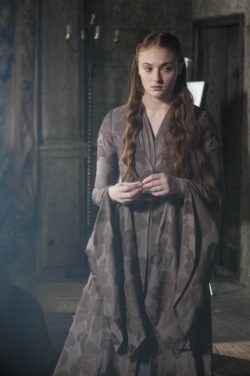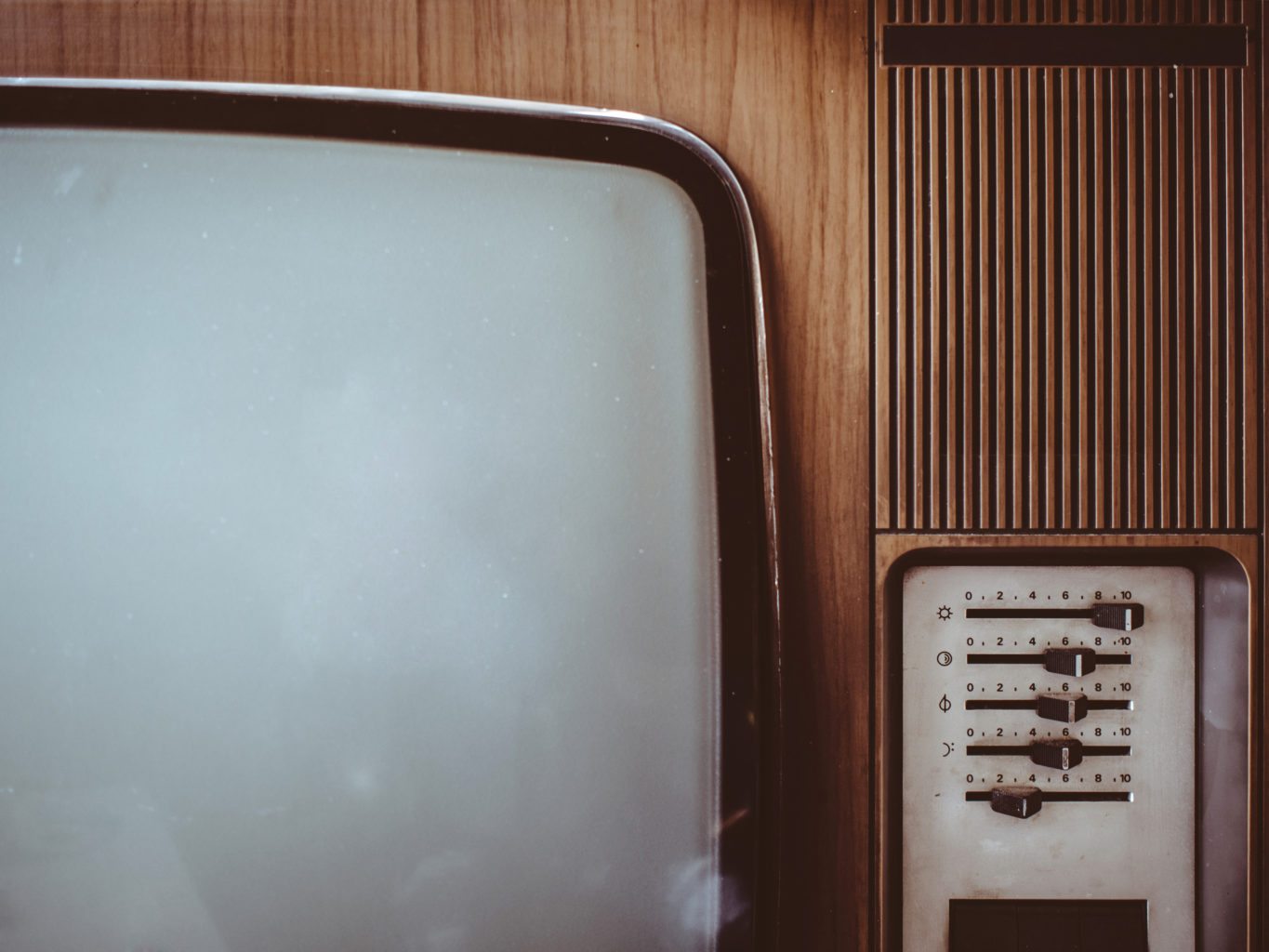What’s the right way for TV to portray rape?
Rape and sexual violence are currently covered by a huge amount of representation on television, and surely the awareness that is being raised can only be a good thing: rape happens every day to many different people, and its portrayal in shows such as 13 Reasons Why, Broadchurch and soap operas, given how many different audiences these shows appeal to, is surely evidence of this. However, television has recently been criticised in the media for using rape as the ‘go-to shocking plot device,’ the thing which is bound to get a response from viewers. Such a damaging trauma should definitely not be trivialised as it is far more than a ‘plot twist’ in real life. Shows need to ensure that, in portraying rape, they are respecting the real-life victims as opposed to just creating a drama.
At the moment, everyone is talking about Netflix’s original series, 13 Reasons Why. The series tells the story of Hannah Baker, who bequeaths tapes onto those who have hurt her to explain the reasons behind her suicide, unravelling revelations concerning bullying, harassment and rape. Many have praised the series for its ‘sensitive’ and ‘enlightening’ take on such serious issues which are all too common in high schools like the one it is set in. However, the series has also caused a great amount of discomfort for viewers for the inclusion of more than one extremely graphic rape scene. Of course, the trauma of watching this from your bed, procrastinating from essays and eating Doritos doesn’t come close to the real trauma, although some argue that it is necessary to feel the emotions of the victim as much as possible in order to fully understand it.
Shows need to ensure that, in portraying rape, they are respecting the real-life victims as opposed to just creating a drama.
13 Reasons Why also directly focused the camera on the victim, which other TV series such as Game of Thrones have been accused of obscuring: the viewer is enveloped in Jessica’s panic and the long shot of Hannah’s numb facial expression is utterly heart-breaking. Sansa’s rape in Game of Thrones, on the other hand, is largely told from the perspective of Theon Greyjoy watching and the pain he experiences in this, arguably conforming to sexist stereotypes by ignoring her female experience. Perhaps this is even an indication that we should be emoting with the pain Theon’s castration causes him as he witnesses rape as opposed to emphasising with Sansa’s ordeal.

Sansa Stark (Sophie Turner) Credit: Helen Sloane, Home Box Office and Sky Atlantic
The graphic scenes in 13 Reasons Why, however, do have some downfalls in their presentation: the format of the series builds the viewer up through a series of incidents that are all linked together, beginning with a vicious high school rumour and climaxing in rape. This could be seen to fall into the trap of using rape as the huge ‘plot twist’ – indeed, my own experience of watching the show was extremely triggering, the series having pulled me in and then shocking me with scenes very close to home. It felt as though rape was portrayed as something in a long list of unfortunate events, as opposed to an experience which, in itself, is all consuming in its pain. Broadchurch, on the other hand, begins its series with the aftermath of sexual assault, giving more attention to the victim than to the horror of the act itself, which could be seen as giving focus to the perpetrator.
Television is, undoubtedly though, making some huge steps in its characterisation of rape victims and perpetrators, breaking down stereotypes ingrained in rape culture. In 13 Reasons Why and the current consent storyline in Hollyoaks, the perpetrators are not strange, creepy men, but on the whole, normal young men: Bryce from 13 Reasons Why is a beloved sports captain who looks after his friends in need, while Nick from Hollyoaks is a charming trainee nurse. This shows that rapists can look like anyone and be like anyone – that they do not all fit an ‘evil man’ stereotype. Broadchurch also made a remarkable casting choice with Julie Hesmondhalgh as Trish. Female rape victims in TV are often highly sexualised which only feeds into rape culture stereotypes, whereas Trish is not focused on for her sexuality: the camera is mostly attentive to her face and eyes, portraying the mental pain of the ordeal rather than the physical ordeal of the body. Rape is, after all, far more about power than sex, therefore the victims shouldn’t need to be sexualised in the media to create a realistic storyline.
Television is, undoubtedly though, making some huge steps in its characterisation of rape victims and perpetrators, breaking down stereotypes ingrained in rape culture.
The question I am still asking myself is whether there is really a ‘right’ way to portray rape, and are graphic scenes the right way to go about it, or is it better to concentrate solely on the victim rather than the act of the perpetrator? A large part of me is beginning to think that graphic scenes, although highly unsettling and even traumatic for some viewers, are necessary while we are still living in a world where rape culture is so predominant. When the majority stop victim blaming and consent is an intrinsic part of sexual conversation, perhaps then television won’t need to shock viewers into understanding the suffering of rape and sexual assault victims.

Comments (1)